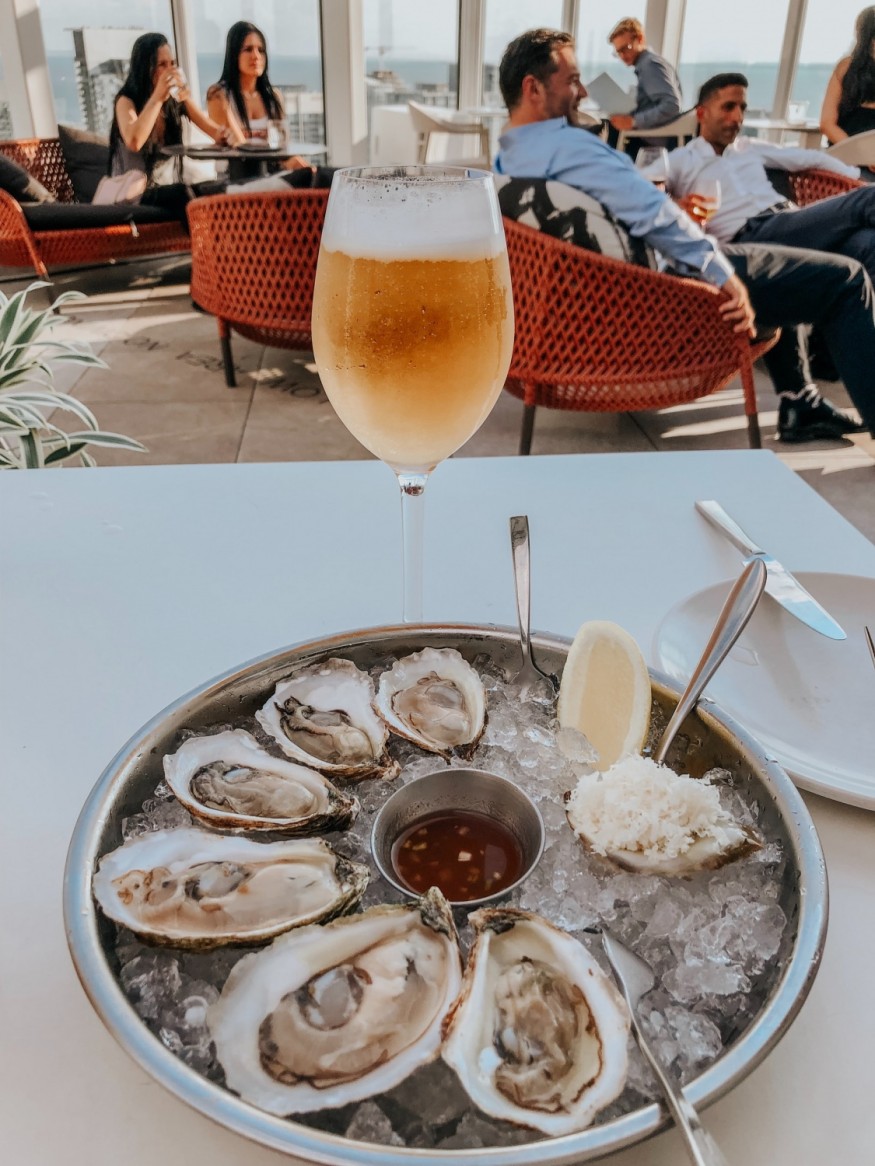Uncanny umami synergy makes the combination of champagne and oysters a match made in heaven, according to Science experts.
A mainstay of posh dinner parties and extravagant celebrations, champagne and oysters have been considered a match made in heaven for some fans. However, it seems like this perfect pairing may have some science to it, as studies claim.

According to Science Daily, there is research published by the University of Copenhagen that claims the uncanny umami synergy makes the combination of champagne and oysters a match made in heaven. T
he Department of Food Science of the said university found flavors in a range of champagnes and various Danish oysters that provide a scientific explanation for why these two complement one another so well.
Read also : The Unspoken Dangers of the Mukbang Craze
Umami Synergy
According to DailyMail, one of the five tastes that register on the tongue is umami. Additionally, there are also sweet, salty, bitter, and sour tastes that register in our tongues. A Japanese researcher was the first to discover umami in 1908. Generally, the umami taste is used to describe rich, meaty foods, like beef and broths.
Despite being known in the East for more than 100 years, it is a relatively new concept to the West. Umami is formed from glutamates being detected by receptors on the tongue. Thus, monosodium glutamate (MSG) is used as a flavor enhancer.
Additionally, the Department of Food Science at UCPH Professor Ole G. Mouritsen states that the so-called umami taste is found in both oysters and champagne.
This combination may spark what is called umami synergy, which is the perfect mix of glutamate and specific nucleotides. Champagne and oysters are reported to create a notably synergistic effect that enhances the taste of the champagne.

Furthermore, the acidity and bubbles of the champagne contribute to the overall impression, which explains the harmony of these two foods.
The study reveals that glutamate levels are higher in aged champagnes with prolonged yeast contact. The samples include Tattinger (2000), Duval-Leroy (2000), and Guy Charlemange (2008).
On the other hand, they also found out that the European oyster (Ostrea edulis) contains higher amounts of free glutamate and nucleotides compared to the Pacific oyster (Crassostrea gigas).
As a result, the European oysters are better candidates to achieve synergistic umami taste when paired with champagne.
For the ultimate combination, Professor Mouritsen suggests a bottle of older vintage champagne paired with native Danish Limfjord oysters. He claims that older vintage champagnes contain more dead yeast cells, which provide more umami.
Subsequently, Limfjord oysters contain large quantities of the substances that give intense umami synergy.
Umami Synergy To Get Us Eating Vegetables
Professor Mouritsen also said that this synergy and taste are essential to us humans for our food choices. He believes that we are evolutionarily encoded to crave umami.
He says that if we understand the umami principle, it can help us eat more vegetables. Using this knowledge and principle, vegetables can be made more appetizing and tasty. He says that finding a solution to the lack of umami in vegetables can eventually get people to eat more of it in the future.
Related article: Know Where To Eat Healthier With The Best Vegan Restaurants In The U.S.



